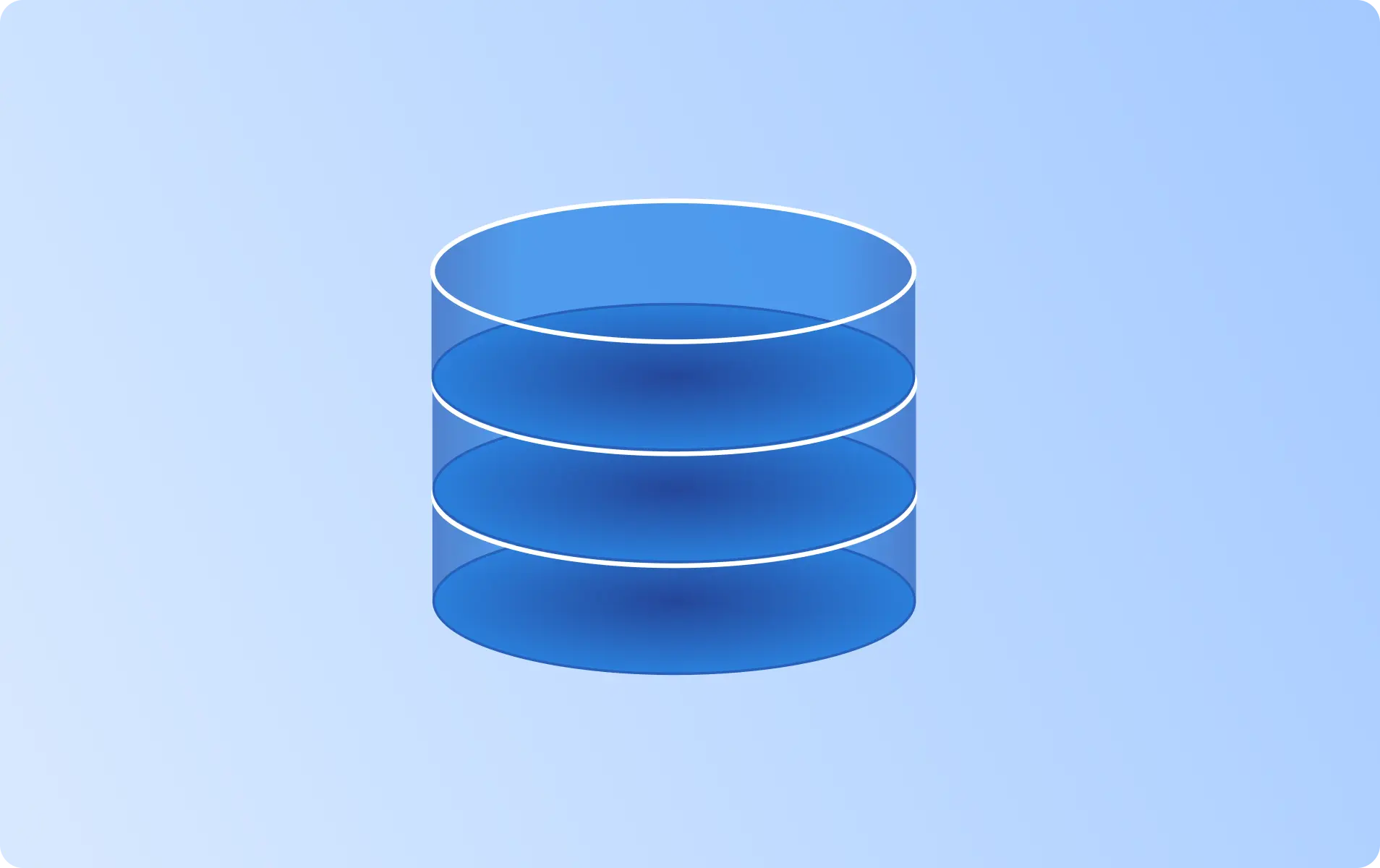What is Insurance Data? Examples, Datasets and Providers

- Overview
- Datasets
- Providers
- Use Cases
- Attributes
- Guide
- FAQ
- Overview
- Datasets
- Providers
- Use Cases
- Attributes
- Guide
- FAQ
What is Insurance Data?
Insurance data is information collected and analyzed by insurance companies to assess risks, determine premiums, and manage claims. It includes policyholder details, coverage information, claims history, and other relevant data. It’s used mostly by insurance companies to analyze risk, determine premiums, process claims, and make informed business decisions
What Are Examples of Insurance Data?
Insurance data includes various types of information for assessing risk, setting premiums, and managing claims. Here are key examples:
- Policyholder Data: Information about insured individuals or entities, including demographics and coverage details.
- Claims Data: Records of filed insurance claims, their status, and associated costs.
- Risk Assessment Data: Data on environmental, health, or financial risks impacting insurance pricing and coverage.
- Market Trends: Insights into insurance industry trends, such as premium pricing or popular coverage types.
- Fraud Detection Data: Patterns and indicators of fraudulent claims or activities.
Best Insurance Databases & Datasets
The best insurance datasets provide accurate claims records, risk assessments, and market insights to optimize underwriting and improve customer service. This curated list features the top insurance datasets, selected for precision, quality, and trusted providers.

Opt In Life Insurance Data & Leads | 16MM Aged Actively Searching for Life Insurance

Global Insurance Data | Analyze Insurance Trends, Consumer Behaviors and Demographic Segmentation

Crime Risk Insurance Data | USA & Canada | Make Informed Insurance Underwriting Decisions | Location Data | Demographic Data

Healthcare Insurance Data | Healthcare Insurance Dataset | Insurance Database - MedicoReach

CompanyData.com (BoldData) - List of 1M Banking and Insurance Companies Worldwide

Insurance Data Urban Noise Exposure | 237 Countries Coverage | CCPA, GDPR Compliant | 35 B + Data Points | 100% Traceable Consent

Factori Person API | USA | B2B + B2C | ID,Name,Job level,Postal,Email,Loan,Insurance

Driver Technologies | Tailgating Insurance Data | North America and UK | Real-time and historical traffic information

Insurance Contacts, Insurance Leads, Insurance Agents, Insurance Agency Managers, Insurance Brokers, US Insurance Contacts, EU Insurance Contacts

Vehicle Telematics Data for Usage Based Insurance | Real Time API from Drivers
Can't find the data you're looking for?
Let data providers come to you by posting your request
Post your request
Top Insurance Data Providers & Companies
Popular Use Cases for Insurance Data
Insurance data is used for risk assessment and underwriting, helping insurers evaluate customer demographics and risks to set premiums and policy terms. It supports claims management and fraud detection by streamlining workflows and identifying suspicious patterns. Insurers also leverage data for customer personalization, tailoring products and marketing to individual needs, and for targeted campaigns, focusing on high-intent consumers and behavioral trends to boost conversions.
Main Attributes of Insurance Data
Below, we outline the most popular attributes associated with this type of data—features that data buyers are actively seeking to meet their needs.
| Attribute | Type | Description | Action |
|---|---|---|---|
| String | The name of a company or business, might be the legal or brand name. | View 37 datasets | |
| Float | The latitude of a point on earth's surface. Commonly abbreviated as "lat". | View 33 datasets | |
| String | The postal code of an address. | View 33 datasets | |
| String | The name of a country. | View 27 datasets | |
| String | The name of a city. | View 25 datasets | |
| Integer | An unique identifier (ID) of a company. | View 25 datasets |
Use Cases for Insurance Data in Detail
Use Case 1: Risk Assessment and Underwriting
Insurance companies use data to assess risks and determine the appropriate premiums for their policies. By analyzing various data sources such as customer demographics, health records, driving history, and property information, insurers can evaluate the likelihood of a claim and set the appropriate coverage and pricing. This use case helps insurance companies make informed decisions about accepting or rejecting applications, as well as determining the terms and conditions of the policy.
Use Case 2: Claims Management and Fraud Detection
Insurance data plays a crucial role in managing claims efficiently and detecting fraudulent activities. By analyzing historical claims data, insurers can identify patterns and trends to improve the claims process. Data analytics can help automate claims handling, streamline workflows, and expedite the settlement process. Additionally, insurers can leverage data analytics techniques to detect potential fraud by identifying suspicious patterns, anomalies, or inconsistencies in claims data.
Use Case 3: Customer Relationship Management and Personalization
Insurance companies utilize data to enhance customer relationship management and provide personalized services. By analyzing customer data, insurers can gain insights into customer preferences, behaviors, and needs. This information enables insurers to tailor their products and services to meet individual customer requirements. Data-driven customer segmentation and targeted marketing campaigns can help insurance companies improve customer satisfaction, retention, and cross-selling opportunities.
Use Case 4: Marketing Campaigns
Insurance data enables targeted campaigns by providing insights into high-intent consumers, geographic trends, and behavioral patterns. For example, life insurance leads include 30, 60, and 90-day aged inquiries, helping you focus on ready-to-convert prospects. We suggest leveraging data that aligns with your audience segmentation and marketing goals.
How is Insurance Data Collected?
Insurance data is gathered from diverse sources, including consumer inquiries, online registrations, purchase histories, public records, and real-time applications such as dash cam recordings or transaction systems. These sources ensure the data reflects current trends and high intent for various insurance needs. Our recommendation is to choose datasets that include recent inquiries or events for the most actionable insights.
Main Attributes of Insurance Data
Insurance data can encompass a wide range of attributes that are crucial for insurance data providers, insurance databases, and insurance datasets. These attributes may include policyholder information such as name, age, gender, address, and contact details. Additionally, insurance data may include policy details such as policy type, coverage limits, deductibles, premiums, and claims history. Other important attributes could involve the insured property or vehicle details, including make, model, year, and identification numbers. Furthermore, insurance data may also include information about the insurance company, agents, brokers, and any relevant financial transactions. Here’s a table of the main attributes you might find in insurance datasets:
| Attribute | Description |
|---|---|
| Policy Number | Unique identifier for each insurance policy |
| Policy Holder | Name or entity that holds the insurance policy |
| Policy Type | Type of insurance policy (e.g., life, health, auto, property) |
| Premium | Amount paid by the policyholder to the insurance company for coverage |
| Coverage Limit | Maximum amount the insurance company will pay for a claim |
| Deductible | Amount the policyholder must pay out of pocket before the insurance company covers the remaining expenses |
| Effective Date | Date when the insurance policy becomes active |
| Expiration Date | Date when the insurance policy ends or expires |
| Insured Items | List of items or assets covered by the insurance policy |
| Claims History | Record of previous claims made by the policyholder |
| Insured Location | Address or location where the insured items are located |
| Insured Individuals | Names and details of individuals covered by the insurance policy |
| Insurance Company | Name of the insurance company providing the coverage |
| Agent/Broker | Name of the agent or broker who sold the insurance policy |
| Payment History | Record of premium payments made by the policyholder |
| Policy Terms | Specific terms and conditions of the insurance policy |
| Risk Factors | Factors that determine the level of risk associated with the insured items or individuals |
| Renewal Options | Options available for policy renewal at the end of the policy term |
| Additional Riders | Additional coverage options or endorsements added to the base insurance policy |
| Exclusions | Specific situations or events not covered by the insurance policy |
| Loss Control Measures | Measures taken by the policyholder to minimize the risk of loss or damage |
| Underwriting Information | Information used by the insurance company to assess the risk and determine the premium |
| Policyholder Contact Information | Contact details of the policyholder for communication purposes |
| Insurance Agent Contact Information | Contact details of the insurance agent or broker for assistance or inquiries |
Frequently Asked Questions
How Accurate is Insurance Data?
Insurance data is validated through rigorous processes like deduplication, tagging, and compliance checks, with many datasets achieving over 95% accuracy. For example, email deliverability rates and precise annotations ensure high-quality data. Our suggestion is to evaluate providers offering free samples or detailed quality metrics before purchase.
How is Insurance Data Secured?
Insurance data security involves compliance with industry regulations such as GDPR and anonymization of personal details where necessary. Secure delivery methods like SFTP, APIs, and encryption ensure confidentiality. At Datarade, we are very committed to ensuring that the datasets listed on our platform meet stringent security standards and privacy compliance. We carefully vet providers and encourage transparency in their practices to give you peace of mind when sourcing sensitive data.
How is Insurance Data Delivered?
Insurance data is delivered in flexible formats such as .csv, .json, or .xml via APIs, SFTP, or email. Delivery frequencies range from real-time to yearly updates, depending on your business needs. For seamless integration, our suggestion is to work with providers offering API support and customizable delivery schedules.
How Much Does Insurance Data Cost?
The cost of insurance data varies widely depending on the dataset’s size, level of detail, and frequency of updates. Some providers offer one-off purchases, while others use subscription or usage-based pricing models. We recommend starting with a sample dataset to ensure alignment with your use case.
What Types of Insurance Data Are Available?
Insurance data spans categories such as life insurance leads, crime risk data for underwriting, annotated vehicle damage images for claims processing, healthcare insurance details, and driver behavior data. Each type supports specific insurance functions, from marketing campaigns to risk assessment.
Can Insurance Data Be Customized for My Needs?
Yes, many providers offer customizable datasets based on criteria like geography, job title, vehicle model, or demographic profiles. Customization ensures the data aligns with your specific use cases, such as localized marketing campaigns or precise risk assessments. We recommend discussing your requirements with providers offering these solutions.
How Does Historical Insurance Data Add Value?
Historical insurance data, such as a 12-month inquiry history or multi-year crime risk trends, provides context for understanding patterns and forecasting risks. It allows businesses to identify long-term trends and adjust strategies accordingly. Incorporating historical data with real-time updates can give you a comprehensive view of your market dynamics.





